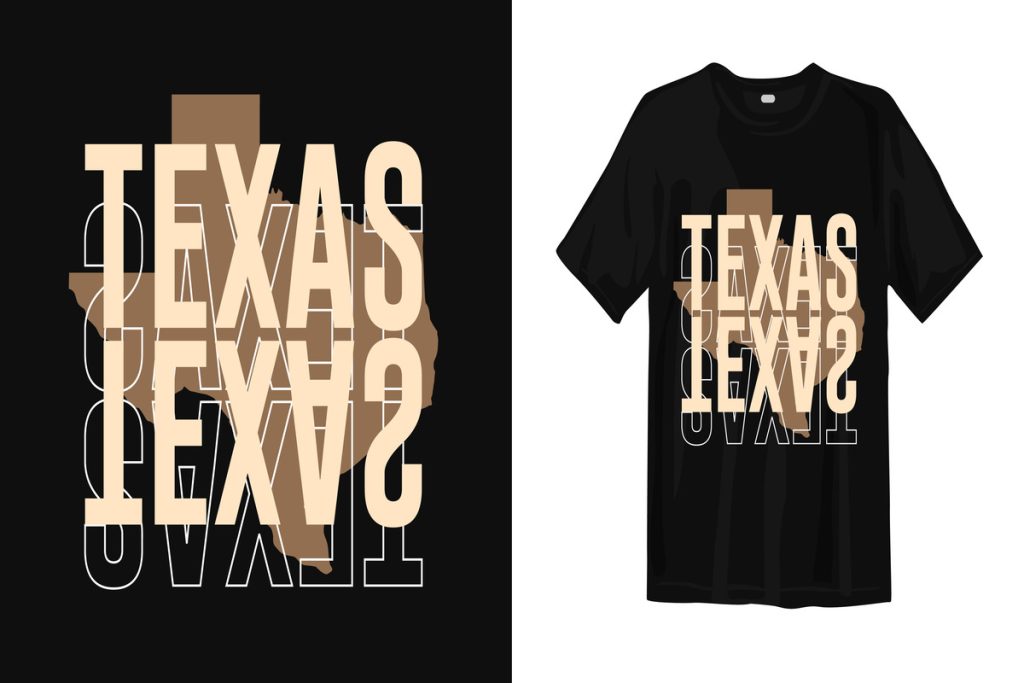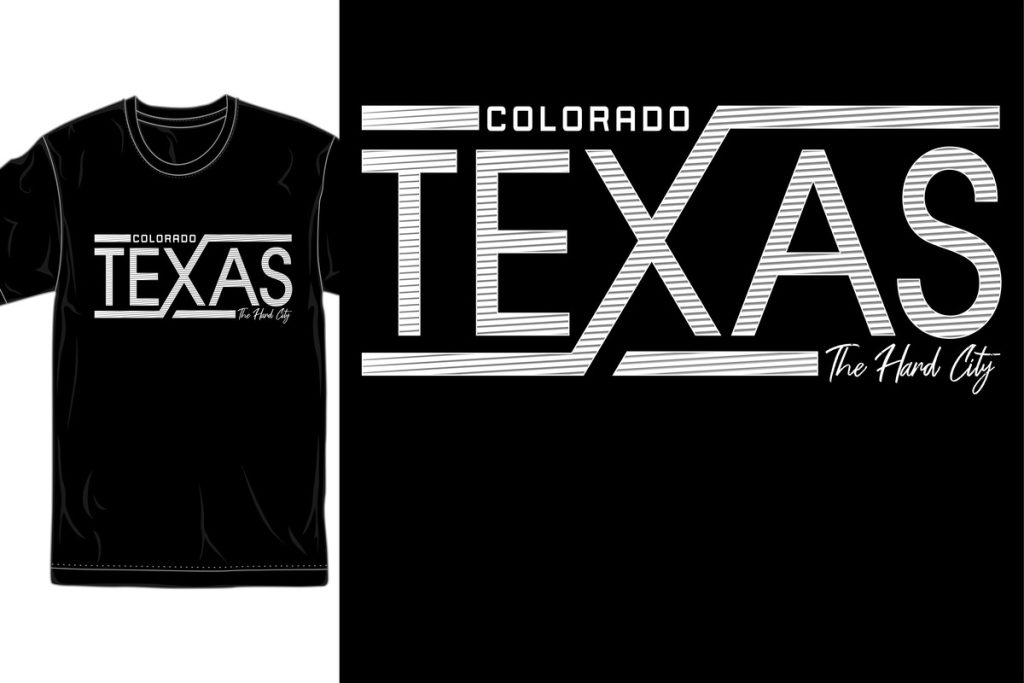In the dynamic realm of modern printing, **UV DTF printing** stands out as a revolutionary technique that harnesses the power of ultraviolet light to achieve superior print quality. Distinguished from traditional printing methods like screen printing and digital printing, this innovative process ensures vibrant colors and unparalleled detail on a variety of substrates. Businesses seeking custom printing solutions are increasingly drawn to the durability and quick turnaround offered by UV DTF technology. In contrast to conventional methods, UV DTF reveals an exciting potential for enhancing product offerings while meeting consumer demands for high-resolution, detailed imagery. This article delves into the multifaceted advantages of UV DTF printing against the backdrop of established methods, guiding you towards an informed decision for your printing needs.
As the printing landscape evolves, alternative techniques such as ultraviolet direct-to-film (UV DTF) have emerged, showcasing a remarkable shift in the production of custom designs. This strategy represents a significant departure from conventional methods like screen and digital printing, which have long been the industry standards. With its ability to deliver impressive print quality on diverse materials, UV DTF caters to businesses looking for efficiency and versatility. By employing advanced curing technology, this approach not only enhances durability but also meets the growing consumer preference for detailed and vibrant prints. Ultimately, exploring UV DTF printing allows companies to expand their capabilities while adapting to the ever-changing demands of the market.
Understanding the Mechanics of UV DTF Printing
UV DTF (Direct to Film) printing utilizes advanced technology to enhance the traditional printing process. It employs ultraviolet light to cure inks onto a film, ensuring that colors are vibrant and details are crisp. Unlike traditional printing methods like screen printing or digital printing, UV DTF creates a permanent bond between the ink and the substrate, allowing prints to withstand wear and tear while maintaining their quality. This technology is particularly advantageous for applications requiring high resolutions, as it can reproduce intricate designs with precision.
The curing process of UV DTF also allows for quick turnaround times, which is essential for businesses needing immediate results. This innovation eliminates lengthy drying times associated with other printing methods, including traditional solvent-based techniques. As a result, businesses can satisfy urgent customer demands without compromising quality, making UV DTF printing an optimal solution in fast-paced environments. This means that for companies looking to stay competitive in a rapidly evolving market, adopting UV DTF could be the key to achieving superior customer satisfaction.
Comparing Print Quality: UV DTF vs. Traditional Methods
When it comes to print quality, UV DTF printing stands out against traditional methods such as screen printing and basic digital printing. UV DTF produces impressive, high-resolution output thanks to its unique curing process, which ensures better adherence and vibrancy of the inks used. This technology provides sharper images with a broader spectrum of colors, allowing businesses to meet the increasingly high standards set by consumers today. Compared to screen printing, which may require intricate setups for multi-color designs, UV DTF simplifies the process while enhancing the final product’s clarity.
Furthermore, traditional printing methods can sometimes struggle with maintaining vibrancy and detail over time, particularly on varied surfaces. Conversely, the robust inks used in UV DTF printing resist fading and wear, making them suitable for items subjected to intense usage or exposure to the elements. This durability translates to lower costs over time as businesses may find themselves spending less on reprints or maintenance of subpar products—highlighting how UV DTF not only meets print quality expectations but often exceeds them.
Cost Efficiency in Printing: Evaluating UV DTF and Traditional Methods
From a financial perspective, understanding the cost structure of UV DTF printing compared to traditional methods is crucial for businesses. While the initial investment for UV DTF equipment may be higher than that for conventional printing setups, the long-term savings can be significant. The ability to produce high-quality prints on demand reduces the need for bulk inventory, allowing companies to invest more strategically in their offerings. This on-demand capability helps minimize waste and ensure that resources are used efficiently, which is increasingly important in today’s cost-conscious market.
On the other hand, traditional printing methods often shine in large production runs due to lower setup costs per unit. For manufacturers focused on high-volume orders, methods like screen printing can still be a viable option, especially in simple designs. However, as businesses diversify their services into custom printing solutions, the efficiency of UV DTF may become more appealing despite the upfront costs. Ultimately, businesses must evaluate their specific needs to decide whether the investment in UV DTF technology aligns with their operational goals.
Environmental Considerations in UV DTF Printing
In today’s environmentally conscious market, the ecological footprint of printing technologies is a significant factor for many businesses. UV DTF printing often utilizes inks that emit fewer volatile organic compounds (VOCs) during the curing process, making them a more eco-friendly alternative compared to some traditional methods. The reduction of harmful emissions during production can appeal to environmentally savvy consumers and stakeholders invested in sustainability. By adopting UV DTF, businesses not only contribute to environmental preservation but also enhance their brand image by aligning with green practices.
However, it’s important to note that traditional printing methods are also evolving. Many brands are striving to integrate sustainable practices and cleaner inks into their production processes, helping to mitigate some of their ecological impacts. As consumers become more aware of sustainability, businesses leveraging environmentally friendly aspects of both UV DTF and traditional printing can attract a broader customer base, emphasizing their commitment to a healthier planet.
Market Trends Shaping the Future of UV DTF Printing
As the market adapts to new technologies, UV DTF printing is witnessing a notable rise in popularity across various sectors. This trend aligns closely with the growing consumer demand for customization and personalized products. Businesses that integrate UV DTF technology are positioned to effectively meet these demands, providing end-users with unique offerings that stand out in a saturated market. The ability to print on multiple substrates widens the scope for products, enabling companies to cater to diverse needs and preferences without significant changes to their operational setups.
Additionally, the versatility of UV DTF printing allows businesses to react quickly to market shifts. In a landscape where consumer preferences can rapidly evolve, the capacity to deliver tailored products without extensive delays places UV DTF printers at a competitive advantage. As organizations continue to seek custom printing solutions, the adaptability of UV DTF technology positions it as a forward-thinking option that aligns with contemporary market dynamics, encouraging businesses to invest in this innovative printing method.
Choosing the Right Printing Method for Your Business Needs
When selecting a printing method—whether it’s UV DTF or a traditional approach—businesses need to consider their specific requirements, including volume, customization, and quality. UV DTF printing is particularly suited for companies that prioritize high-quality images with quick turnaround times. This is ideal for industries such as fashion, promotional products, or personalized gifts, where a strong visual impact is essential. For companies that frequently take on custom orders, the capabilities of UV DTF provide significant advantages over the traditional methods, accommodating last-minute requests with ease.
On the other hand, businesses focusing on high-volume production may find traditional printing methods more cost-effective for straightforward designs. It’s important for businesses to assess their unique workflows and the types of materials they typically work with. By understanding the strengths of each method, organizations can make informed decisions that align with their goals and resource capabilities, leading to enhanced productivity and customer satisfaction.
Frequently Asked Questions
What is the difference between UV DTF printing and traditional printing methods?
UV DTF printing utilizes ultraviolet light to cure inks on films, offering superior print quality compared to traditional methods like screen printing. While traditional printing is often suited for high-volume runs, UV DTF excels in detail, versatility, and produces vibrant, durable prints.
How does UV DTF printing improve print quality compared to screen printing?
UV DTF printing offers enhanced print quality through a precise curing process that ensures vibrant colors and sharp details, which traditional screen printing can struggle with, especially on intricate designs.
Is UV DTF printing more cost-effective than traditional digital printing for small batches?
While UV DTF printing has a higher initial investment, it is more cost-effective for small batches due to its quick turnaround and ability to print on various substrates without extensive setup associated with digital printing.
What types of materials can UV DTF printing be used on compared to traditional printing methods?
UV DTF printing is versatile and can print on a wide array of materials including fabrics, wood, and metal, while traditional printing methods like screen printing may be limited to specific substrates.
How does the environmental impact of UV DTF printing compare to traditional printing methods?
UV DTF printing is considered more eco-friendly as it uses UV curable inks that emit fewer volatile organic compounds (VOCs). In contrast, some traditional printing methods can involve solvents that have a larger environmental footprint.
What are the benefits of using UV DTF printing for custom printing solutions?
UV DTF printing allows for high-resolution and vibrant outputs, quick turnaround times, and the ability to produce unique custom projects across different materials, making it a top choice for businesses looking for flexible and quality printing solutions.
| Feature | UV DTF Printing | Traditional Printing |
|---|---|---|
| Print Quality | Exceptional resolution, vibrant colors, and durability. | Good for bulk designs but may struggle with fine details. |
| Versatility | Can print on a wide range of substrates including fabric, wood, and metal. | Limited to specific materials and may not handle complex designs as well. |
| Turnaround Time | Fast printing and curing process for on-demand jobs. | Longer setup and production times for detailed orders. |
| Cost Efficiency | Higher upfront costs but can save on labor and time. | Lower costs for large runs but can be labor-intensive. |
| Environmental Impact | Lower VOC emissions, more eco-friendly options. | Potential use of harmful inks, though improvements are being made. |
| Market Trend | Growing popularity due to customization demands. | Stable but less flexibility in catering to niche markets. |
Summary
UV DTF Printing is a cutting-edge technology that offers numerous benefits over traditional methods, making it a preferred choice for businesses aiming for high-quality results with quick turnaround times. This innovative printing technique not only ensures vibrant colors and durability but also provides unmatched versatility, allowing for printing on various substrates. As market preferences shift towards customization and rapid delivery, UV DTF printing stands out as the ideal solution, enabling businesses to meet emerging consumer demands effectively. In contrast, traditional printing methods remain viable for large-scale orders but may lack the adaptability that modern customers seek. Thus, understanding the unique advantages of UV DTF printing can help businesses enhance their offerings and customer satisfaction.



